James She
What Sentiment and Fun Facts We Learnt Before FIFA World Cup Qatar 2022 Using Twitter and AI
Jun 28, 2023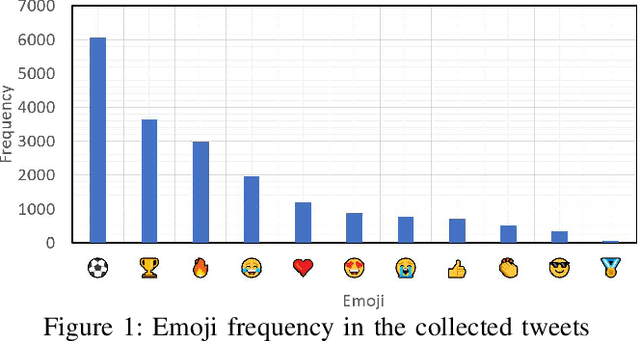


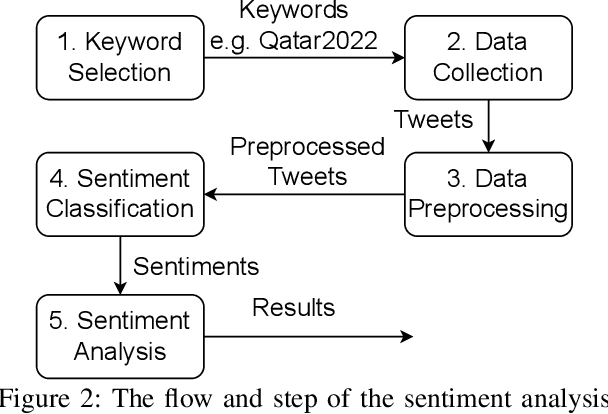
Abstract:Twitter is a social media platform bridging most countries and allows real-time news discovery. Since the tweets on Twitter are usually short and express public feelings, thus provide a source for opinion mining and sentiment analysis for global events. This paper proposed an effective solution, in providing a sentiment on tweets related to the FIFA World Cup. At least 130k tweets, as the first in the community, are collected and implemented as a dataset to evaluate the performance of the proposed machine learning solution. These tweets are collected with the related hashtags and keywords of the Qatar World Cup 2022. The Vader algorithm is used in this paper for sentiment analysis. Through the machine learning method and collected Twitter tweets, we discovered the sentiments and fun facts of several aspects important to the period before the World Cup. The result shows people are positive to the opening of the World Cup.
Leveraging ChatGPT As Text Annotation Tool For Sentiment Analysis
Jun 18, 2023Abstract:Sentiment analysis is a well-known natural language processing task that involves identifying the emotional tone or polarity of a given piece of text. With the growth of social media and other online platforms, sentiment analysis has become increasingly crucial for businesses and organizations seeking to monitor and comprehend customer feedback as well as opinions. Supervised learning algorithms have been popularly employed for this task, but they require human-annotated text to create the classifier. To overcome this challenge, lexicon-based tools have been used. A drawback of lexicon-based algorithms is their reliance on pre-defined sentiment lexicons, which may not capture the full range of sentiments in natural language. ChatGPT is a new product of OpenAI and has emerged as the most popular AI product. It can answer questions on various topics and tasks. This study explores the use of ChatGPT as a tool for data labeling for different sentiment analysis tasks. It is evaluated on two distinct sentiment analysis datasets with varying purposes. The results demonstrate that ChatGPT outperforms other lexicon-based unsupervised methods with significant improvements in overall accuracy. Specifically, compared to the best-performing lexical-based algorithms, ChatGPT achieves a remarkable increase in accuracy of 20% for the tweets dataset and approximately 25% for the Amazon reviews dataset. These findings highlight the exceptional performance of ChatGPT in sentiment analysis tasks, surpassing existing lexicon-based approaches by a significant margin. The evidence suggests it can be used for annotation on different sentiment analysis events and taskss.
A Kernel Method to Nonlinear Location Estimation with RSS-based Fingerprint
Apr 07, 2022
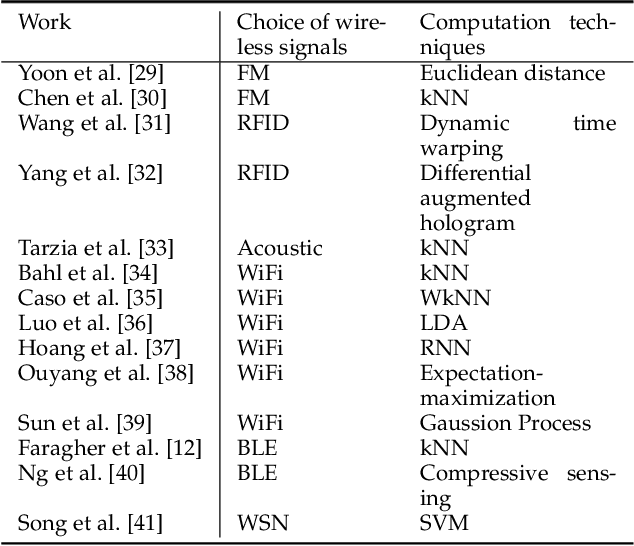
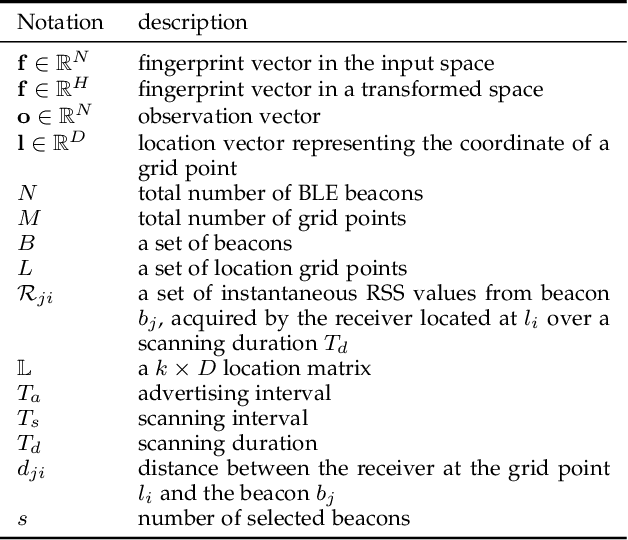

Abstract:This paper presents a nonlinear location estimation to infer the position of a user holding a smartphone. We consider a large location with $M$ number of grid points, each grid point is labeled with a unique fingerprint consisting of the received signal strength (RSS) values measured from $N$ number of Bluetooth Low Energy (BLE) beacons. Given the fingerprint observed by the smartphone, the user's current location can be estimated by finding the top-k similar fingerprints from the list of fingerprints registered in the database. Besides the environmental factors, the dynamicity in holding the smartphone is another source to the variation in fingerprint measurements, yet there are not many studies addressing the fingerprint variability due to dynamic smartphone positions held by human hands during online detection. To this end, we propose a nonlinear location estimation using the kernel method. Specifically, our proposed method comprises of two steps: 1) a beacon selection strategy to select a subset of beacons that is insensitive to the subtle change of holding positions, and 2) a kernel method to compute the similarity between this subset of observed signals and all the fingerprints registered in the database. The experimental results based on large-scale data collected in a complex building indicate a substantial performance gain of our proposed approach in comparison to state-of-the-art methods. The dataset consisting of the signal information collected from the beacons is available online.
Understanding and Creating Art with AI: Review and Outlook
Feb 18, 2021

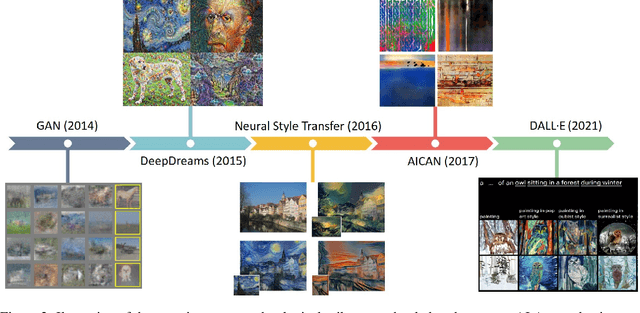
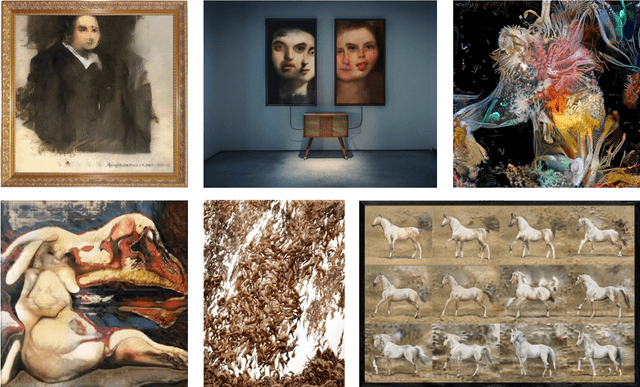
Abstract:Technologies related to artificial intelligence (AI) have a strong impact on the changes of research and creative practices in visual arts. The growing number of research initiatives and creative applications that emerge in the intersection of AI and art, motivates us to examine and discuss the creative and explorative potentials of AI technologies in the context of art. This paper provides an integrated review of two facets of AI and art: 1) AI is used for art analysis and employed on digitized artwork collections; 2) AI is used for creative purposes and generating novel artworks. In the context of AI-related research for art understanding, we present a comprehensive overview of artwork datasets and recent works that address a variety of tasks such as classification, object detection, similarity retrieval, multimodal representations, computational aesthetics, etc. In relation to the role of AI in creating art, we address various practical and theoretical aspects of AI Art and consolidate related works that deal with those topics in detail. Finally, we provide a concise outlook on the future progression and potential impact of AI technologies on our understanding and creation of art.
 Add to Chrome
Add to Chrome Add to Firefox
Add to Firefox Add to Edge
Add to Edge